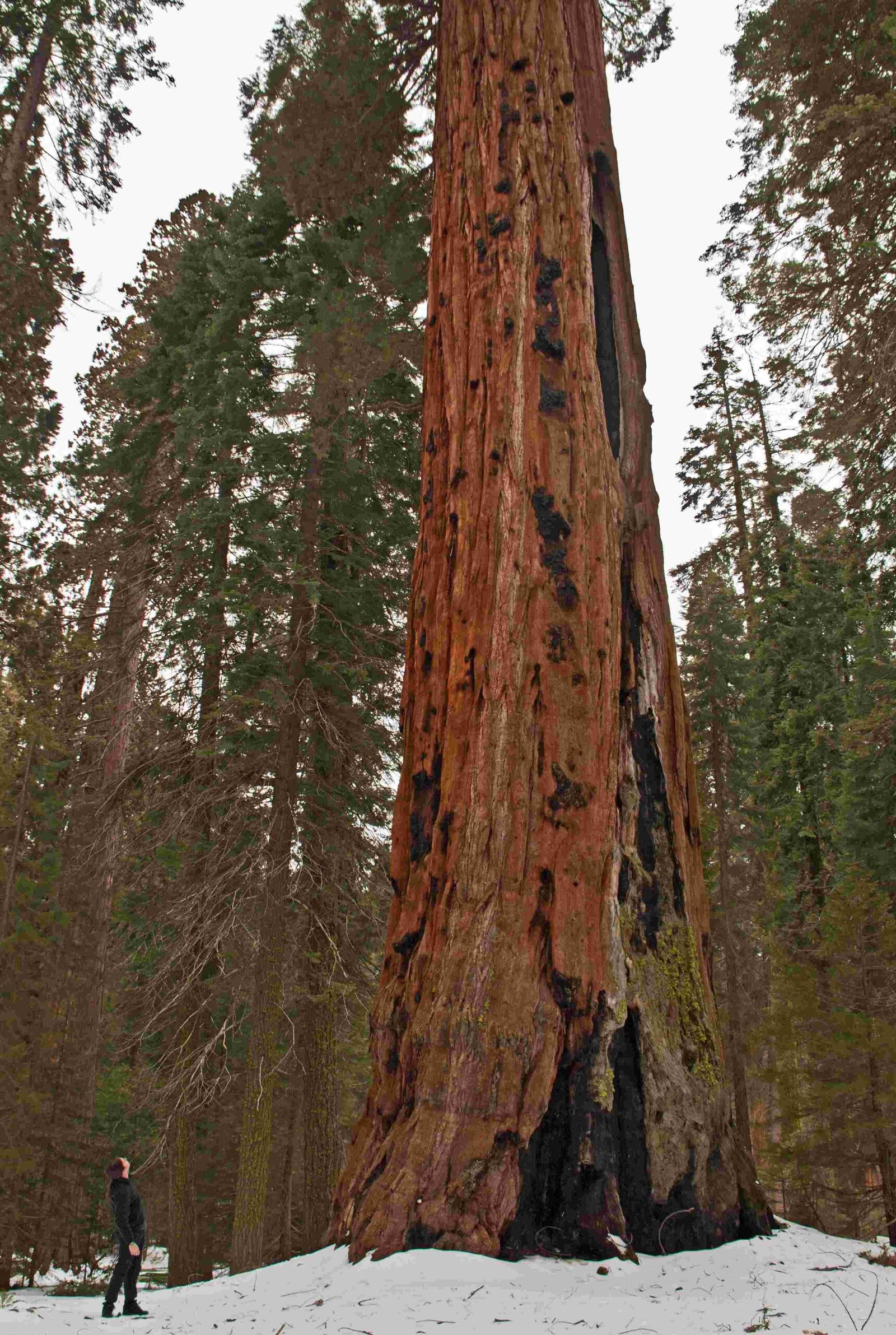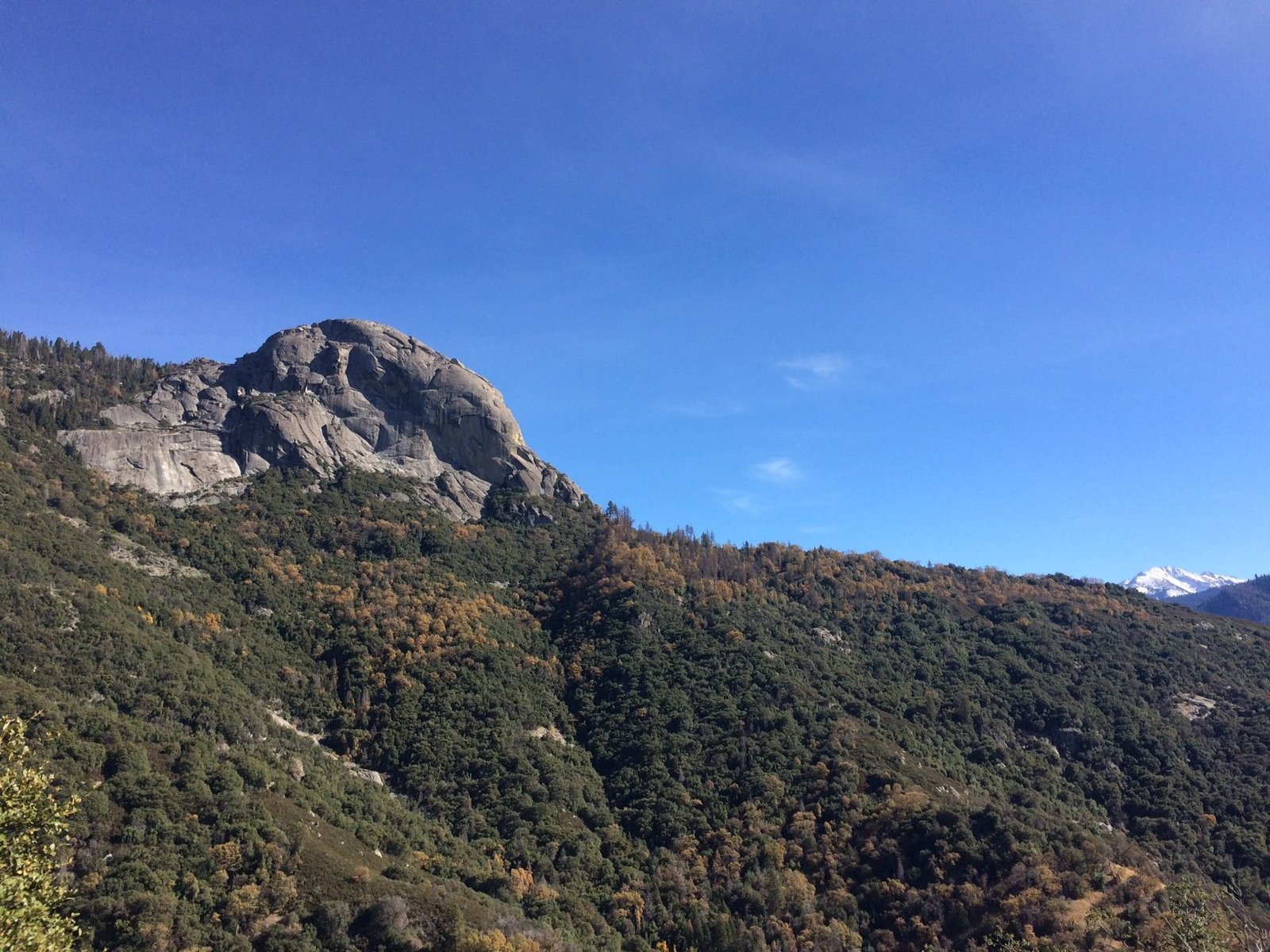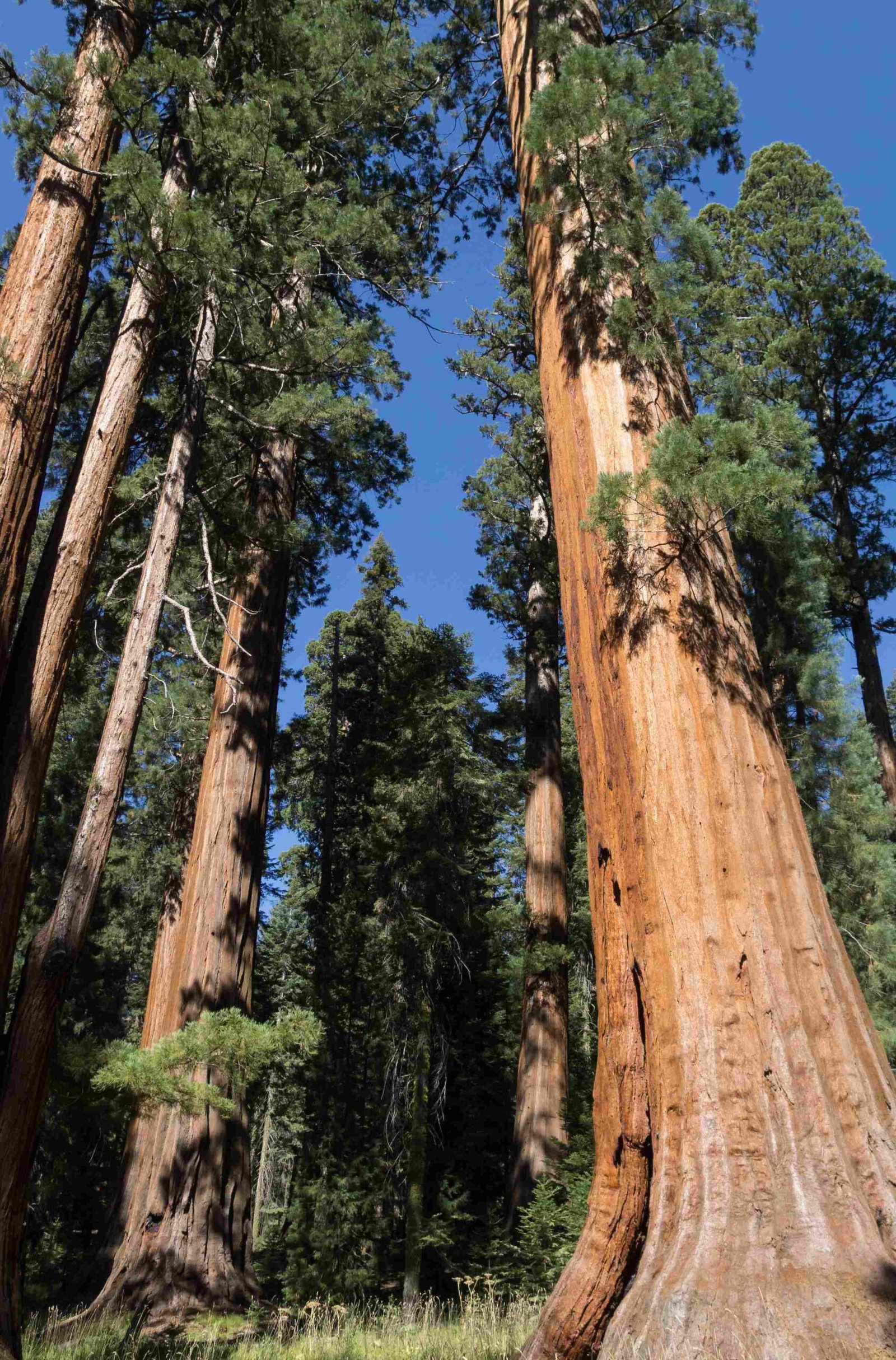A winter visit to Sequoia National Park offers a unique and enchanting experience for national parks travelers. The park transforms into a winter wonderland, with snow-covered giant sequoias, pristine landscapes, and a range of seasonal activities. Visitors can enjoy snowshoeing, cross-country skiing, and sledding while marveling at the park’s natural beauty. This guide provides essential information for planning a memorable winter trip to Sequoia National Park.
What Makes Sequoia National Park Special in Winter?

Sequoia National Park in winter is a magical destination that offers visitors a chance to experience the grandeur of the giant sequoias in a serene, snow-covered setting. The park’s towering trees, blanketed in white, create a breathtaking landscape that is unlike any other season. The crisp winter air, the sound of snow crunching underfoot, and the peaceful atmosphere make for an unforgettable experience.
Some key features that make Sequoia National Park special in winter include:
- Snow-covered giant sequoias
- Fewer crowds compared to summer months
- Unique winter activities like snowshoeing and cross-country skiing
- Stunning views of snow-capped mountains and valleys
- Opportunities for wildlife viewing in a winter setting
What Winter Activities Are Available in Sequoia National Park?

Sequoia National Park offers a variety of winter activities for visitors to enjoy. Here are some of the most popular options:
- Snowshoeing
- Cross-country skiing
- Sledding and snow play
- Winter hiking
- Wildlife viewing
- Photography
Snowshoeing and Cross-Country Skiing
Snowshoeing and cross-country skiing are excellent ways to explore the park’s winter landscape. Many summer hiking trails become ski and snowshoe routes in the winter, offering a unique perspective on familiar areas.
Popular trails for snowshoeing and cross-country skiing include:
- Congress Trail
- Road to Auto Log & Moro Rock
- Wolverton Meadows
Guided snowshoe tours are available on weekends, led by naturalists from the Sequoia Parks Conservancy and park rangers. These tours depart from John Muir Lodge and Wuksachi Lodge.
Sledding and Snow Play
For those looking for some winter fun, designated areas for sledding and snow play are available:
- Wolverton Meadows (Sequoia side)
- Big Stump (Kings Canyon side)
These areas are great for families and offer a chance to enjoy the snow in a safe, designated environment.
Where Can I Find the Best Winter Views in Sequoia National Park?
Sequoia National Park offers numerous breathtaking winter vistas. Here are some of the best spots for winter views:
- Moro Rock (road closed in winter, but accessible by snowshoe)
- Beetle Rock
- Panoramic Point
- Grant Grove
- Giant Forest
Each of these locations offers unique perspectives on the park’s winter landscape, from snow-covered sequoia groves to expansive mountain vistas.
What Should I Pack for a Winter Visit to Sequoia National Park?
Proper preparation is crucial for a winter visit to Sequoia National Park. Here’s a list of essential items to pack:
- Warm, waterproof layers (base layer, insulating layer, outer shell)
- Waterproof boots with good traction
- Warm hat, gloves, and scarf
- Sunglasses and sunscreen (snow reflection can be intense)
- Snowshoes or cross-country skis (rentals available in the park)
- Trekking poles
- Plenty of water and snacks
- First aid kit
- Flashlight or headlamp
- Map and compass (or GPS device)
Remember to dress in layers, as temperatures can vary significantly throughout the day.
How Do I Stay Safe During a Winter Visit to Sequoia National Park?
Safety is paramount when visiting Sequoia National Park in winter. Here are some important safety tips:
- Check weather and road conditions before your trip
- Carry chains for your vehicle and know how to use them
- Stay on designated trails and be aware of your surroundings
- Inform someone of your plans before heading out
- Carry extra food, water, and warm clothing
- Be prepared for sudden weather changes
- Watch for signs of hypothermia and frostbite
- Respect wildlife and maintain a safe distance
What Accommodations Are Available for Winter Visitors?
Sequoia National Park offers several accommodation options for winter visitors:
| Accommodation Type | Options |
|---|---|
| Lodges | Wuksachi Lodge, John Muir Lodge |
| Campgrounds | Lodgepole Campground (may be open in winter) |
| Backcountry | Pear Lake Winter Hut (for experienced winter campers) |
It’s essential to check availability and make reservations in advance, as some accommodations may have limited capacity during the winter months.
How Can I Prepare My Vehicle for a Winter Trip to Sequoia National Park?
Preparing your vehicle for winter conditions in Sequoia National Park is crucial for a safe and enjoyable trip. Here are some key steps:
- Ensure your vehicle has good winter tires or carry chains
- Check and top off all fluids
- Test your battery and replace if necessary
- Pack an emergency kit (blankets, flashlight, snacks, etc.)
- Carry a shovel and ice scraper
- Fill up your gas tank before entering the park
Remember that mountain roads can be challenging in winter, so drive cautiously and be prepared for changing conditions.
By following this guide, national parks travelers can plan a memorable and safe winter visit to Sequoia National Park, experiencing the unique beauty and tranquility of this natural wonder in its snow-covered splendor.
References:
1. https://nobackhome.com/sequoia-national-park-in-winter/
2. https://www.livelikeitstheweekend.com/sequoia-national-park-winter/
3. https://embracesomeplace.com/sequoia-national-park-winter/

